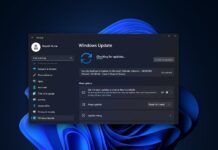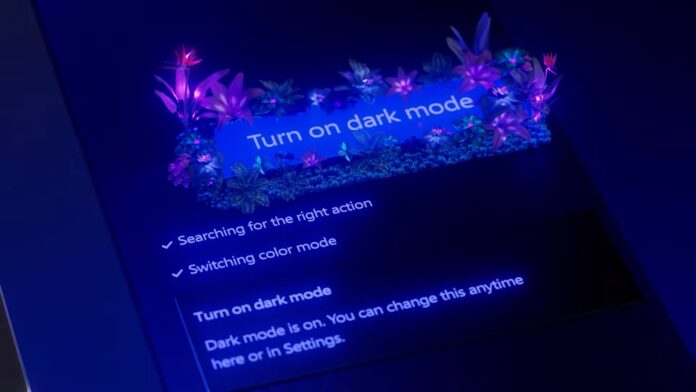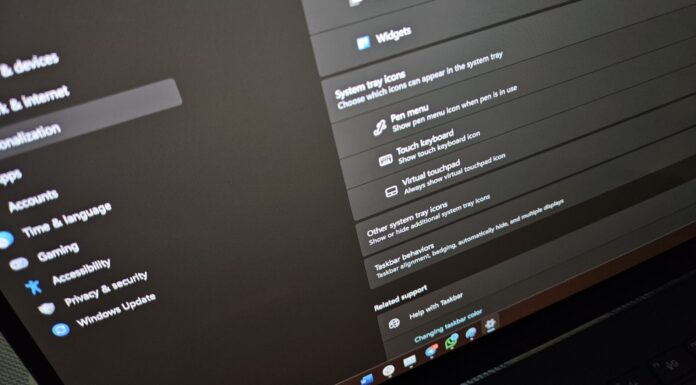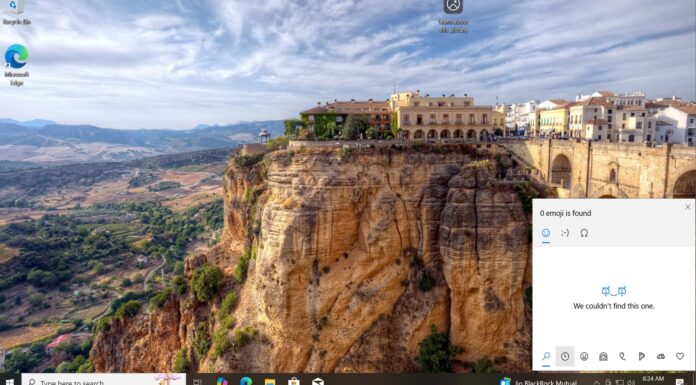Windows 11 24H2 could hit the RTM (Release to Manufacturers) status in a couple of weeks. This means Microsoft will begin offering the update to PC makers, allowing OEMs like Samsung, Lenovo or HP to test the Windows 11 24H2 base build on their upcoming and existing PCs.
Microsoft watchers like Zac Bowden had already predicted Windows 11 24H2 would be released to manufacturers in April, so this shouldn’t come as a surprise. If you’ve subscribed to the Windows Insider Program, you might have noticed that recent Canary or Dev builds mostly have bug fixes as the update is in the final stage of development.
Unlike Windows 11 23H2, which is based on version 22H2 (codename Nickel), Windows 11 version 24H2 is a new platform release codenamed Germanium. What’s also particularly interesting is that Windows 11 24H2 features will be rolled out in two phases, with the first “base” update shipping with new Snapdragon X Elite PCs in June.
Then, in September or October, Microsoft will begin rolling out Windows 11 version 24H2 to all existing PCs. At the same time, it will release another feature update (possibly a Windows Moment update) to turn on the new AI features on Snapdragon X Elite and other supported PCs.
What is the release date of Windows 11 24H2?
Here’s a possible timeline for the Windows 11 24H2 rollout:
- Snapdragon X Elite PCs ship with Windows 11 version 24H2 (base release) with several new features, but some AI features could be missing. At this point, you won’t get Windows 11 24H2 on existing PCs.
- Microsoft plans to release an update in September or October. This update will add the remaining “exciting” features of Windows 11 24H2 to the Snapdragon X Elite PCs that initially received Germanium.
- In September or October, when Microsoft ships additional AI features to the X Elite lineup, it will also start to offer Windows 11 version 24H2 (Germanium) for existing Windows PCs (those you use currently).
While you can run Windows 11 24H2 on Snapdragon X Elite-powered hardware as early as June, that version will not have all the features.
What to expect from the next big Windows platform release
You’ll notice several groundbreaking changes in the initial base or platform release of Windows 11 24H2.
For example, Microsoft is bringing AI-powered Voice Clarity to all devices, which was previously exclusive to the Surface lineup. This feature uses “low-complexity AI models” to automatically reduce background noise and help you sound better in video calls.
Additionally, the Windows 11 24H2 platform release (June) will ship with the following improvements:
- Sudo for Windows.
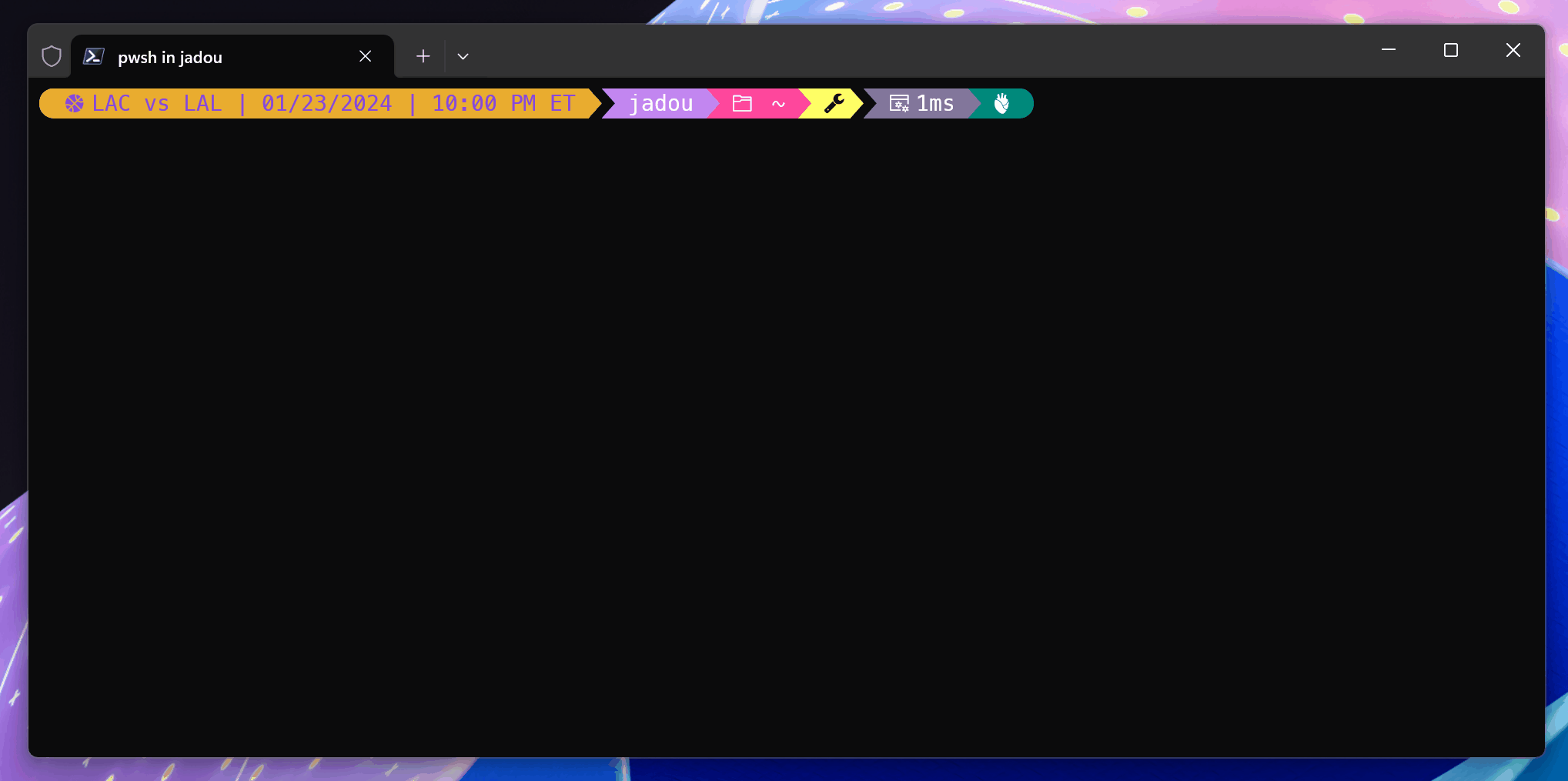
- Energy Saver in Settings.
- New Microsoft Teams client, which is based on React and Microsoft Edge WebView.
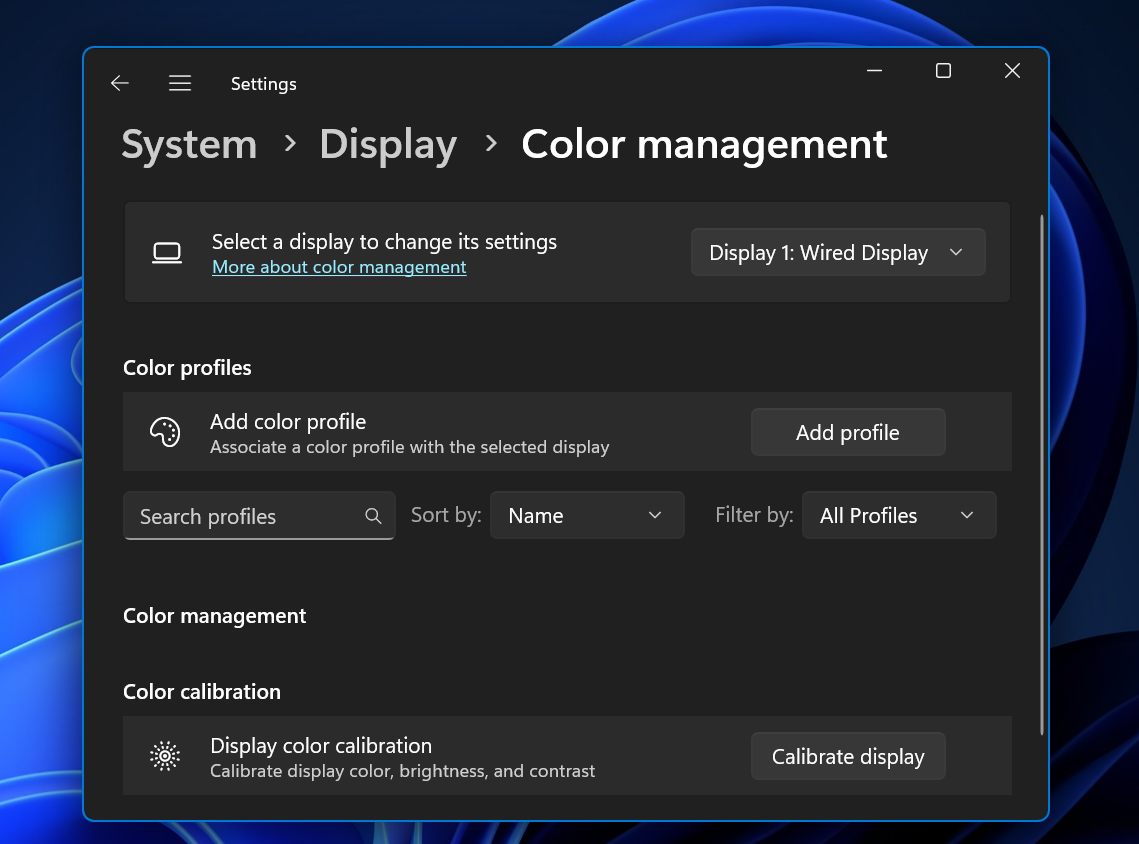
- New Color Management settings page
You’ll also notice some quality improvements, such as labels for the context menu in File Explorer and the ability to create archives (7z, TAR, etc).
In September or October, when Microsoft begins the second phase of the Windows 11 24H2 rollout and starts shipping the update to all PCs, you’ll get a few new AI features.
This could include the new “AI Explorer“, which is similar to Windows 10 Timeline, but it has nothing to do with File Explorer. “AI Explorer” will transform activities you perform on your PC into searchable moments. For example, you can ask the AI about the document you read yesterday.
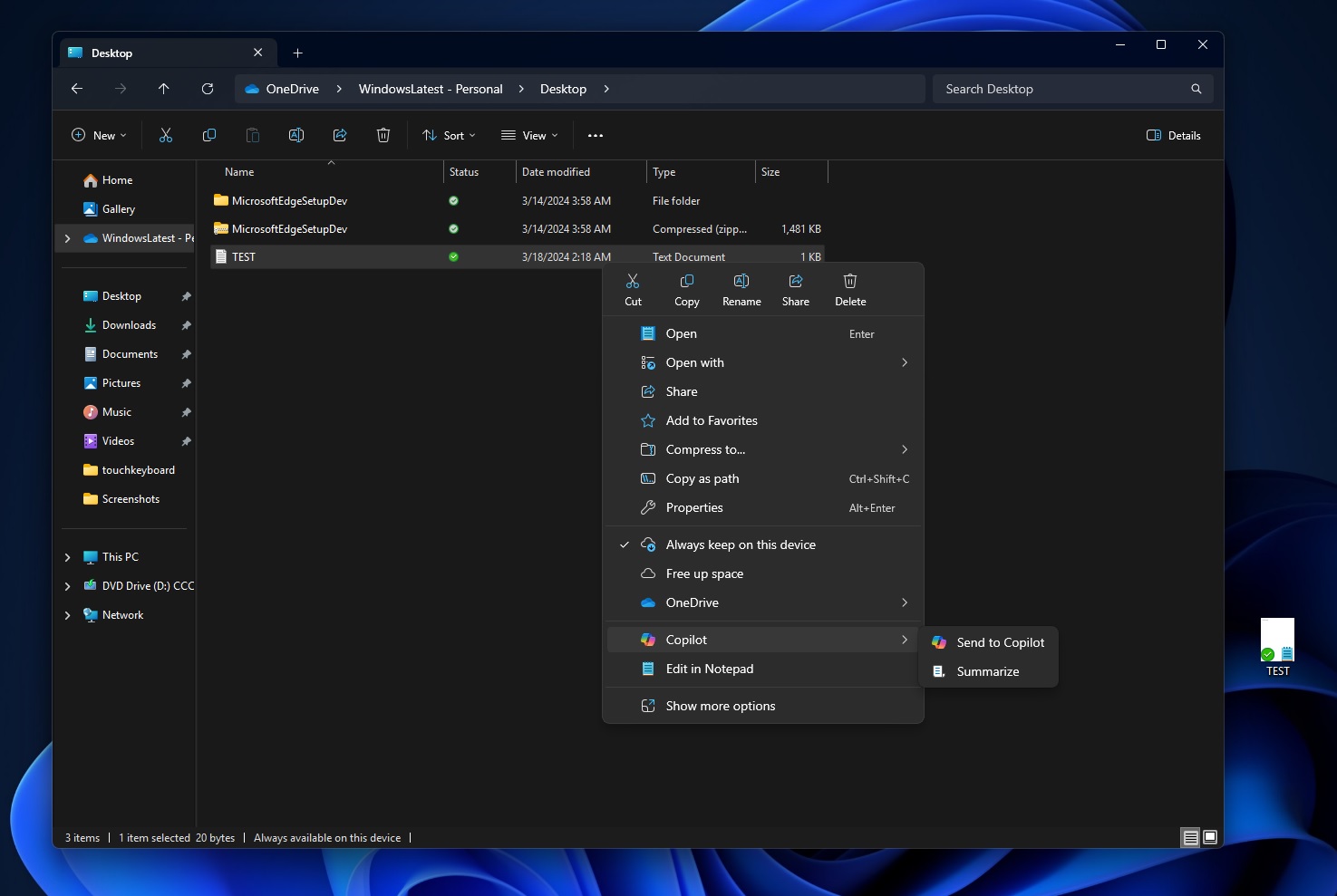
For File Explorer, Microsoft is testing “Copilot” in the context menu, which allows you to send files to the AI to generate a summary.
Again, since we’re talking about Microsoft here, remember that plans are subject to change, and we don’t know what other new features will be included in the second wave.
Developer raises concerns about fewer stable preview builds ahead of RTM
Some users aren’t happy with the way the Windows Insider program tests builds with the public.
Albacore, an independent developer and creator of the famous ViVe tool, recently shared some valid concerns about the slow pace at which stable preview builds of Windows 11 24H2 are being released, especially with the deadline for the final version, commonly referred to as “RTM,” just weeks away.
Responding to these concerns, Microsoft’s Brandon LeBlanc tried to ease the anxiety, noting, “I wouldn’t be too concerned nor should you get too hooked into what is “RTM’ing” and when.”
However, the Albacore doubled down on their concerns, highlighting the potential negative impacts of this approach. They added that this approach often leads to large zero-day patches and poor first-time experiences on new, especially lower and middle-range, PCs.
They stressed that neglecting this aspect could alienate a significant portion of their user base, particularly those with less powerful hardware.
“We’ll fix it in post” is annoying for pretty much anyone using something weaker than an i5 nowadays and there’s very little thought given to this category of consumers. OS upgrades fare even worse, making the client do LCU integration instead of shipping an updated base image,” Albacore added.
Microsoft claims it works hard to address these concerns, and they have “got a lot of smart engineers working on builds over here and fixing bugs”.
The concerns remain, but as we’re in the era of “Windows as a Service”, Microsoft will continue to ship cumulative updates to iron out bugs in version 24H2 ahead of a wider release in the fall.



